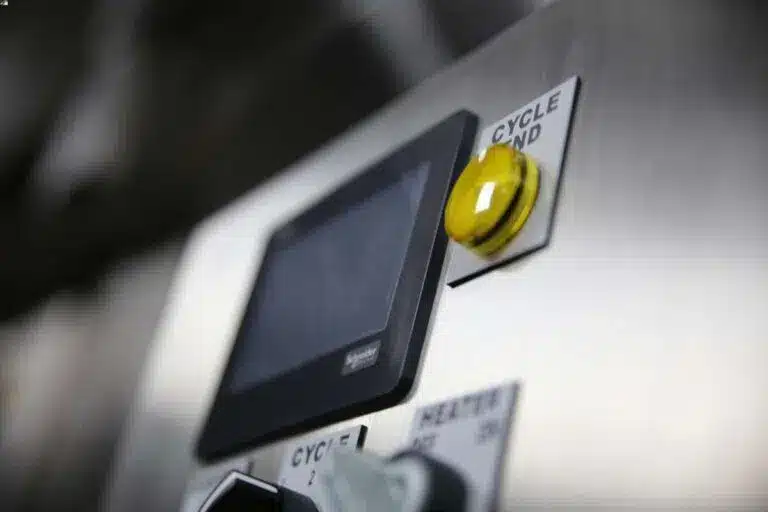Introduction: In a world where programmed obsolescence has become a major preoccupation for many consumers, some companies have chosen to go against the grain by offering durable, long-lasting products. Aquatech BM, a company specializing in the design of quality devices, stands out for its commitment to the fight against programmed obsolescence. This article will explore Aquatech BM’s approach and highlight its impact on the market for durable appliances.
History of programmed obsolescence:
The idea of programmed obsolescence was first introduced by Alfred P. Sloan Jr. in 1924 in the automotive industry. Sloan proposed an annual model in which car designs would be regularly modified, which he called “Dynamic Obsolescence”. This idea was later criticized as programmed obsolescence. In 1932, Bernand London popularized the term “Planned Obsolescence” in his pamphlet Ending the Depression Through Planned Obsolescence.
Aquatech BM’s approach:
Aware of consumer concerns about planned obsolescence, Aquatech BM has adopted a different approach in its business model. The company focuses on inventing new products that are as durable as possible, encouraging the market to bring out more durable appliances. Aquatech BM attaches great importance to the quality and durability of its devices, thus focusing on long-term customer satisfaction.
Aquatech BM’s vision of durability translates into the use of quality, rigorously tested materials, guaranteeing long-term results. The first machines we designed are still on the market, and continue to perform optimally. We attach great importance to designing models that are easily repairable, thus promoting a circular economy and reducing waste.
Unlike some companies that seek to make their appliances irreparable, at Aquatech BM we encourage the repairability and durability of our products. We understand that the ability to repair and maintain our machines is essential to ensure their longevity and maximize their value to our customers. It also helps to reduce environmental impact by extending the useful life of equipment.
Admittedly, this approach may seem at odds with business models focused on increasing annual revenues. However, at Aquatech BM, we are convinced that it is possible to reconcile economic growth with environmental responsibility. We continue to grow by focusing on inventing new products that meet market needs while remaining financially attractive.
By working proactively to develop sustainable and economically viable solutions, we are confident in our ability to maintain growth while staying true to our commitment to sustainability. At Aquatech BM, we believe in a balanced business model that benefits our customers, our company and the environment.
Commitment to sustainability:
Aquatech BM is a leader in the design of sustainable devices. The company implements environmentally-friendly manufacturing practices and uses high-quality materials to ensure the strength and longevity of its products. By opposing programmed obsolescence, Aquatech BM encourages responsible consumption and promotes a change in consumer purchasing habits.
Market impact:
Aquatech BM’s approach has a significant impact on the market for durable appliances. By offering durable, long-lasting products, the company shows consumers that it is possible to turn to sustainable, quality alternatives. This approach encourages other market players to reconsider their practices and develop more sustainable products, thus contributing to a reduction in programmed obsolescence in the sector.
Conclusion: Aquatech BM stands out for its commitment to the fight against programmed obsolescence in the durable appliances sector. By offering durable, long-lasting products, the company positively influences the market and encourages more responsible consumption. Aquatech BM’s approach shows that it is possible to create high-quality products that meet consumer needs while minimizing environmental impact. As a visionary company, Aquatech BM is paving the way for a future where sustainable appliances become the norm rather than the exception.
References:
Sloan, A.P. (1924). Annual Changes in Automobile Design. The Journal of Business of the University of Chicago, 1(3), 261-268.
London, B. (1932). Ending the Depression Through Planned Obsolescence. Brochure.
L’Obsolescence Programmée – Rapport d’information, Commission du développement durable et de l’aménagement du territoire, Assemblée nationale (2013).
Plouvier, J. (2019). L’obsolescence programmée, une pratique en voie de régulation. OECD studies on innovation for sustainable systems, OECD Publishing.
Environmental Protection Agency (2021). Sustainable Materials Management: Non-Hazardous Materials and Waste Management Hierarchy. Retrieved from: https://www.epa.gov/smm/non-hazardous-materials-and-waste-management-hierarchy
https://en.wikipedia.org/wiki/Planned_obsolescence#:~:text=The%20origin%20of%20the%20phrase,to%20stimulate%20and%20perpetuate%20purchasing.
